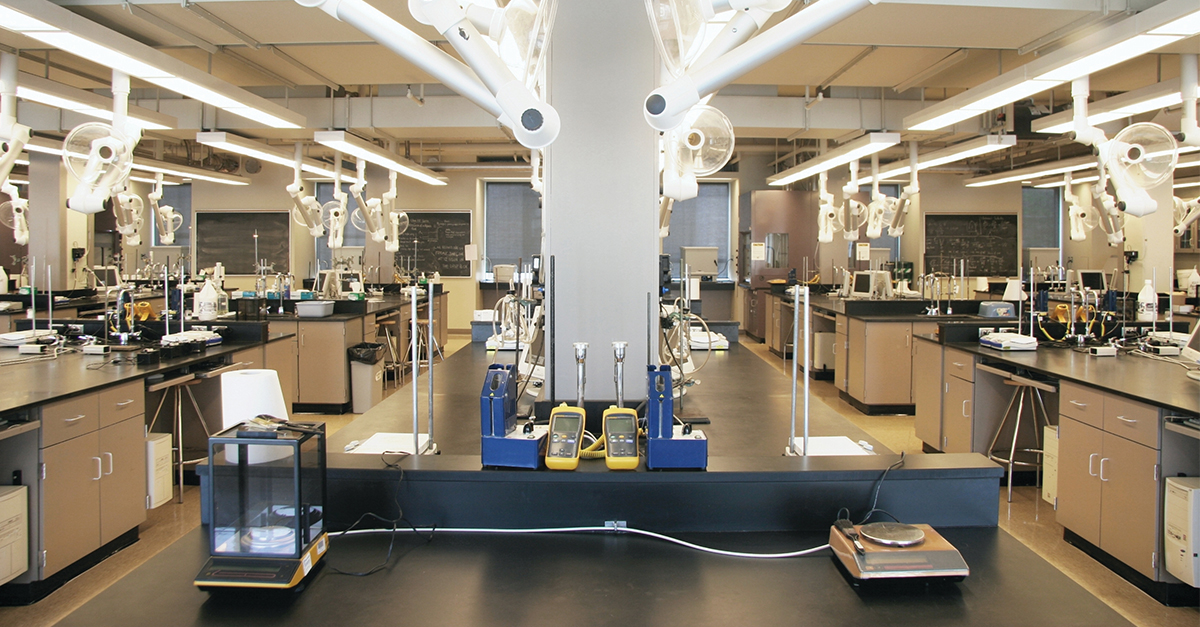With four major hurricanes at a category 3 or higher, 2017 has been one of the worst hurricane seasons on record. After each event, our hearts go out to the people impacted by these storms. Many of us donate to relief efforts, but over time, we go on with our lives.
For the victims of these storms, however, once the hurricane has passed, a second disaster comes into play—long-term health repercussions. Many of the deaths due to hurricanes occur not during the storms, but days, weeks, and even months after the storm has passed.
Some of the problems we can expect to see in Texas, Florida, Puerto Rico, and other areas affected by recent hurricanes include:
Skin Infections
Hurricanes cause flooding. The water carries sewage along with it and quickly becomes contaminated with bacteria. People often encounter these bacteria during cleanup.
One of the most dangerous bacterium is Vibrio vulnificus. This bacterium can enter the body through wounds. In some cases, amputation of the infected area is the only way to stop the spread of the disease and save someone’s life.
Another severe waterborne disease is necrotizing fasciitis, more commonly known as the “flesh-eating” disease. Rapid antibiotic treatment or amputation is necessary to stop the disease. But many times, after a severe hurricane, such quick attention is not possible. The prognosis for someone with this illness after a hurricane is typically viewed as fair to poor.
Cancer
A cancer risk applies most specifically to Hurricane Harvey, which hit southern Texas. Approximately 50 refineries and petrochemical plants in the Houston, Corpus Christi, and Beaumont areas released an estimated 6 million pounds of benzene, ammonia, and other pollutants into the air after the storm—more than a year’s worth of pollutants in just a matter of days, the Austin American-Statesman reported. Many public health experts were already warning that benzene levels were too high in the Houston area, so the hurricane exasperated the situation.
Health experts expect an increase in cancer rates due to the pollution released over these densely populated areas. But we will not know the extent of the damage for years.
Sewage
One significant problem Hurricane Irma left Florida was sewage, with millions of gallons of sewage dumped across the state. Some of the heaviest sewage occurred in South Florida, which is home to many petrochemical plants.
Many septic tanks, wastewater treatment plants, and agricultural and industrial water tanks were flooded after the hurricane. Spills of raw sewage can harbor dangerous bacteria, viruses, and parasites such as E. coli, salmonella, and hepatitis A.
Insects
The mosquito population has increased dramatically due to these storms. Many are carrying diseases such as Zika and West Nile. Again, it will take some time before we know how many health problems the insects will cause.
Mental Strain and Financial Hardship
And we should not forget another problem that occurs for thousands of people after a hurricane—mental health complications. According to Charles Benight, who studies trauma at the University of Colorado, at least 50 percent of the people who suffered through these hurricanes will be impacted with short-term stress, and 5 to 15 percent will experience “significant mental health challenges” that may continue for years.
When the headlines stop, and the media has long packed up its bags and moved on to the next story, let’s not forget the people affected by the 2017 hurricane season; they will need our help for years to come.



